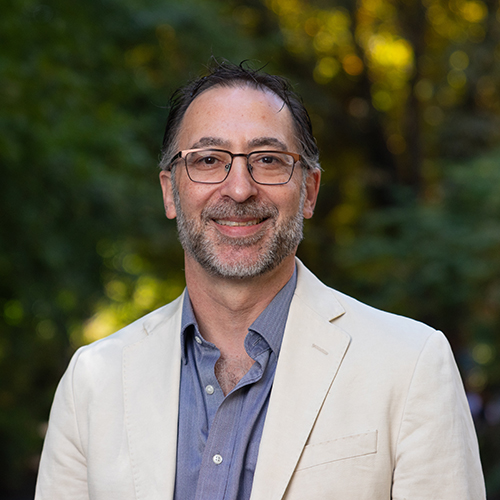All of us, I suspect, understand why Arts and Sciences faculty teach. But why do our faculty, staff, and students do research? The answer to that question has not always been self-evident, even to our supporters.
This issue of Perspectives offers a broad sample of the many types of research taking place in our College. For some researchers, such as Sutapa Basu and Johnna White of the Women’s Center, the goal is to have an immediate impact on the world: in their case, to reduce human trafficking and its attendant human suffering. For Professor Pradip Rathod of the Department of Chemistry, the goal is to halt the scourge of malaria. For others, such as chemistry professor Daniel Fu, there is an intellectual puzzle to be solved, one that could eventually contribute to more effective cancer treatments.

It is characteristic of Arts and Sciences research that, as in Professor Fu’s case, we often do not know the impact a particular line of research will have until after the work itself is well underway. This is as it should be. Arts and Sciences research is not necessarily measured by its immediate utility. First and foremost, it is driven by curiosity, and by the human desire to know and understand the world in which we live. We see that desire exemplified by the humanities faculty who founded Newbook Digital Texts, which makes available, in digital form, texts produced by societies and cultures separated from us by time and distance.
Arts and Sciences research is...driven by curiosity, and by the human desire to know and understand the world in which we live.
Research is also a response to the human desire to create. When we think of creativity, we think first of research in the arts. But we should not overlook the extent to which research in every field is a creative enterprise. All research tells a story of some kind, whether that story is written in words or musical notes or mathematical formulae. Story is how we find meaning in what would otherwise be random observations and pattern-less phenomena. As such, it is a necessary part of every research project.
There are critics who argue that “research” is just another word for “boondoggle.” Some of us still remember Senator William Proxmire’s “golden fleece” awards, which he presented to what he regarded as the most trivial piece of federally-sponsored university research that had come to his attention over the previous month. That same spirit lives on in current proposals to reduce or eliminate federal support for the National Endowment for the Humanities, the National Science Foundation, and the National Institutes of Health, all of which fund university researchers. But university research is anything but trivial. In the College of Arts & Sciences, it is an essential part of our teaching mission.
Research emerges from the basic human instincts to understand and create that all of us possess. It is an expression of the open-mindedness and curiosity, the engagement and wonder, that are the hallmarks of a life well-lived and that we seek to inspire in our students. For all these reasons, research is an inextricable element in an Arts and Sciences education.
More Stories

The Public Impact of Private Cities
Geography major Edwin Bai has researched private cities, developed by individuals and corporations, that "take the libertarian idea of low government regulation to the maximum."

The Curious Journey of Chinese Characters
Several Asian countries adapted the Chinese writing system—the oldest writing system still in use—for their own languages. In a new book, Professor Zev Handel shares how that happened.

Can Machines Learn Morality?
UW researchers at the Institute for Learning & Brain Sciences and in the Allen School are exploring the potential for training AI to value altruism.